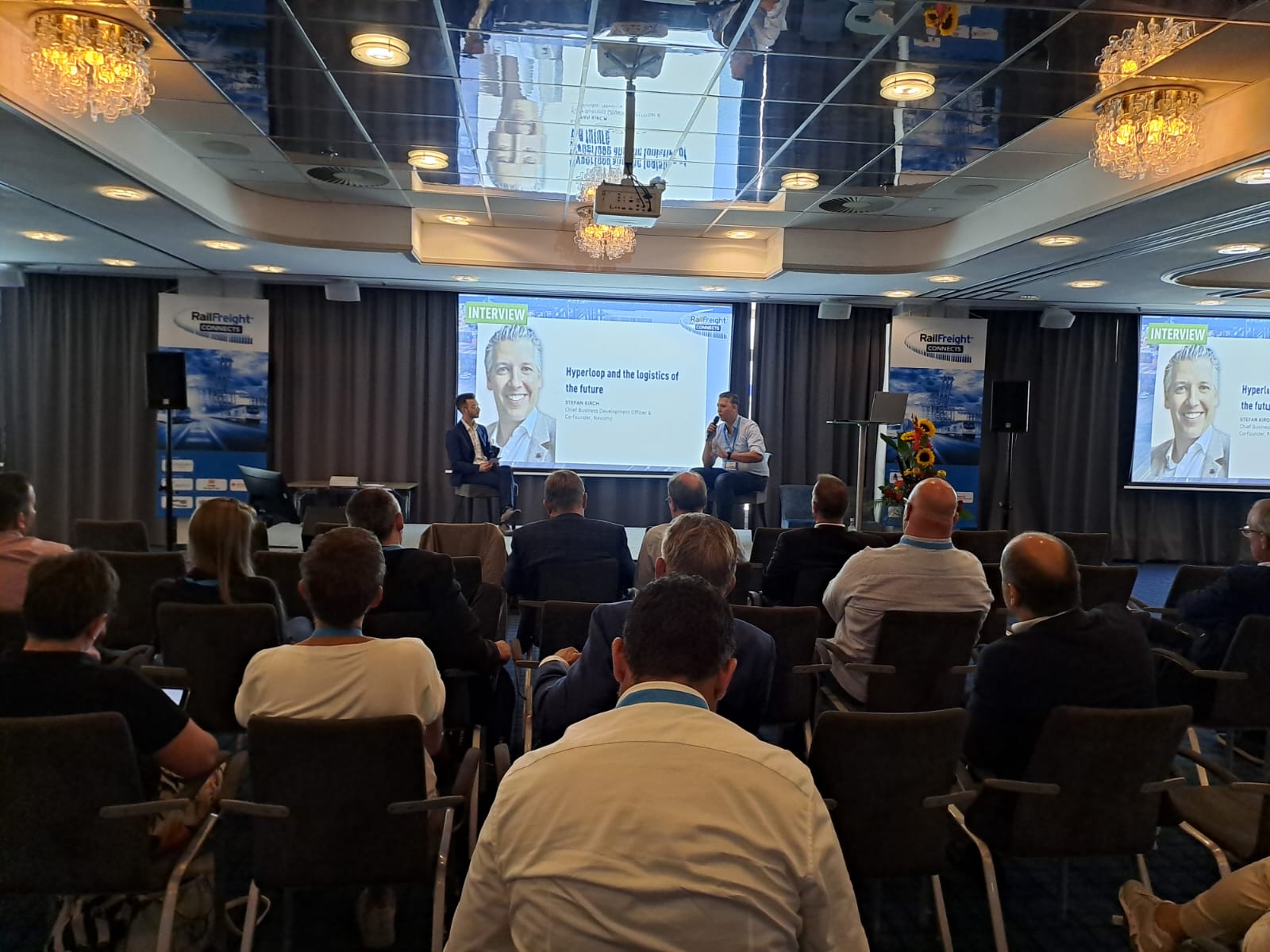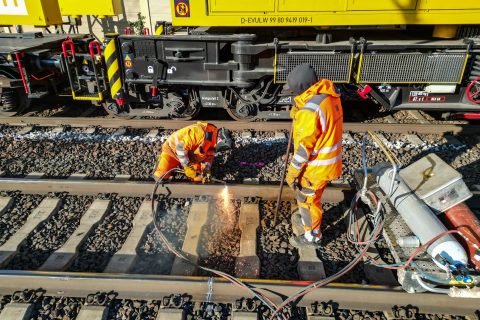Nevomo unveils MagRail Booster: deployment expected for 2024-25

Nevomo, recently unveiled its MagRail Booster technology at the TRAKO International Railway Fair in Gdansk, in northern Poland. As Stefan Kirch, CBDO at Nevomo, explained to RailFreight.com, the next steps entail finalising the tests by adding one wagon and industrialising the Booster components. The first deployment of the new technology, which will take place in a railway environment such as terminals or ports can be expected somewhere over the next two years.
As Nevomo specified, the MagRail Booster “is the world’s first retrofit solution for existing rail cars that uses an electromagnetic propulsion with a linear motor and allows each wagon to move independently without a locomotive”. In other words, this is a technology that can be applied on existing railways rather than being built from scratch. Another aspect of the MagRail Booster that is relevant for rail freight is that the retrofitted wagons can autonomously connect and disconnect with other wagons. Nevomo is cooperating with GATX Rail Europe, which provides the rolling stock.
Nevomo at the RailFreight Connects
Kirch discussed the possible applications of Nevomo’s technology when it comes to rail freight during the first edition of the RailFreight Connects in Bremen, in the beginning of September. There, he pointed out that the most important aspect for the sector is not necessarily speed. Rather, the focus should be on improving efficiency and increasing capacity, especially in ports, terminals, steep lines, and non-electrified sections. Of course, investments remain key since the technology is quite pricey. As Kirch underlined at the RailFreight Connects, equipping one kilometre of a double-track would cost around three million euros. Moreover, Nevomo is already cooperating with various infrastructure managers in Europe, including French SNCF and Italian Rete Ferroviaria Italiana.

Two successful Nevomo tests in two weeks
This is the second initiative carried out by Nevomo in the month of September. A couple of weeks ago, the company presented its first MagRail tests on existing rail infrastructure in Nowa Sarzyna, near the Polish border with Ukraine. Through levitation and magnetic guidance, the vehicles were able to run through the railway without any friction. During these first tests, the wagon went from 0 to 100 km/h in 11 seconds.
In the video below, you can see the first full-scale tests that took place in Gdanks





